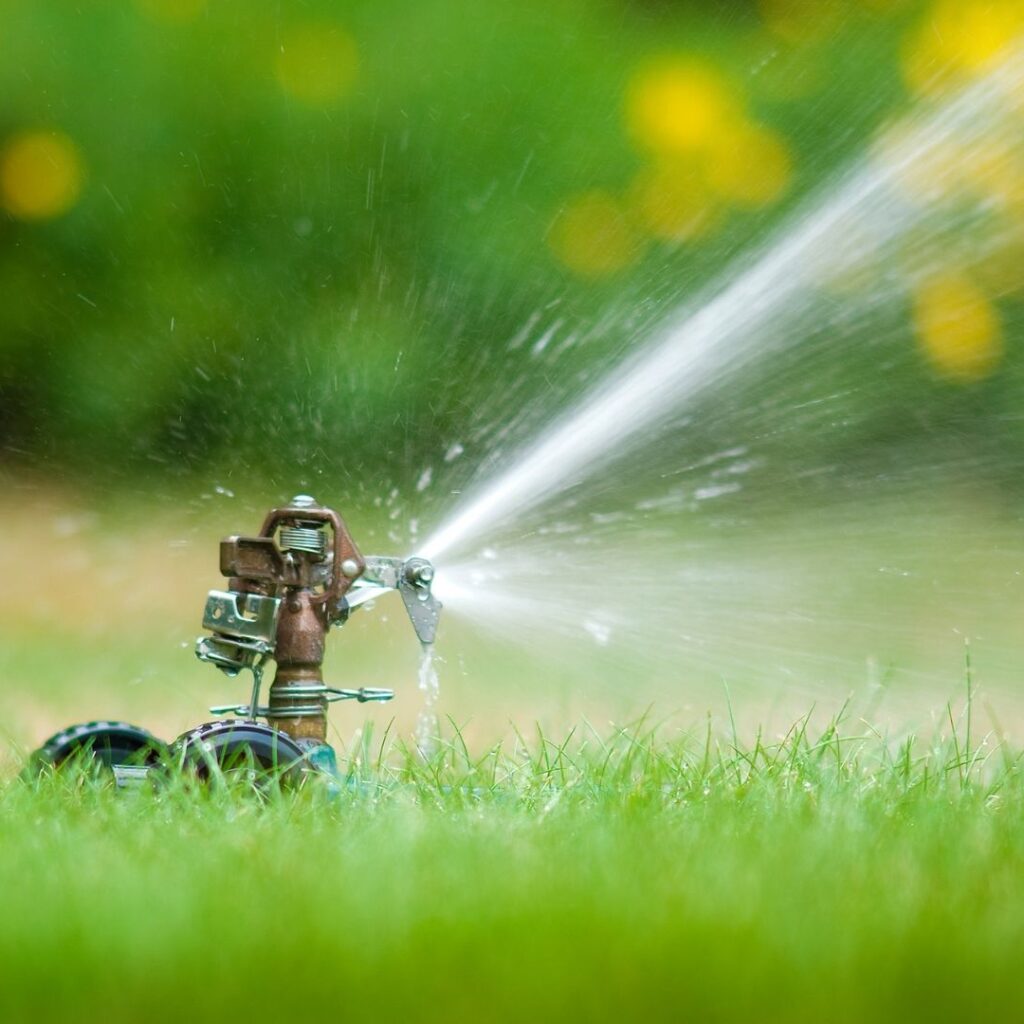Water My Yard Program
- Type
- Tools and Apps

Overview
This app invites users to create a profile and receive weekly customized yard/grass water recommendations that tell them how long to run their irrigation systems.
Contact
Guy Fipps
Professor and Extension Agricultural Engineer
Scoates Hall
333 Spence St.
College Station, TX 77843
Mon-Fri 8:00 a.m. – 5:00 p.m.
This app invites users to create a profile and receive weekly customized yard/grass water recommendations that tell them how long to run their irrigation systems. The program uses ETo (reference evapotranspiration) and rainfall data from the TexasET website to generate watering recommendations.
This program is performed in collaboration with cities, utilities and water districts. It significantly reduces water use for landscape irrigation and is a part of the water conservation plan of these cities/districts. This program was originally requested by the North Texas Municipal Water District.
Such organizations pay a fee to Extension to participate in the program. Fees are used to cover the costs of providing this service.
More choices in Environment & Natural Resources
- Course
Learn how green infrastructure can help manage stormwater, reduce flood damage, and increase property value. This course explores practical, nature-based ways to improve stormwater systems in cities, rural, and coastal areas. Enroll now and build resilient, ecofriendly communities!
- Course
Learn the six soil health principles and basic grazing practices in this self-paced 1.5-hour course. Get tools to assess and care for your rangeland with purpose. Learn how to manage and monitor rangeland and make better decisions—enroll today!
- Course
Texas Triple-P Certified course: Learn the basics about plant identification, their seasonal changes (phenology), & their ecological value. See how theory can come to life with our practical, expert-backed course on Plant ID basics. Enroll today to take the next step in your plant identification journey!
- Course
An aerobic septic system, or aerobic treatment unit (ATU), uses oxygen to breakdown both dissolved and solid constituents into gases, cell mass, and non-degradable material contained in wastewater. This online course will teach you how to properly maintain and operate your ATU. You will have 30 days from the day you register to complete this program. If you do not complete the program within this limit, your registration will expire, and you will need to pay the registration fees again to start over.
- Course
Our self-paced online course covers the basics of soil physical properties and how they affect soil health. It also covers the impact this has on water retention and plant health. Our course welcomes everyone, from beginners to skilled growers and agronomists. Enroll now and dig deeper into soil health!
- Course
Explore the building blocks of healthy soil with this course bundle. Featuring the complete series of our self-paced courses—including our Introduction to Soil Health, the full Soil Properties series, and an interactive workbook. This learning experience is perfect for growers, gardeners, and curious learners alike. Enroll now and start your soil health journey!
